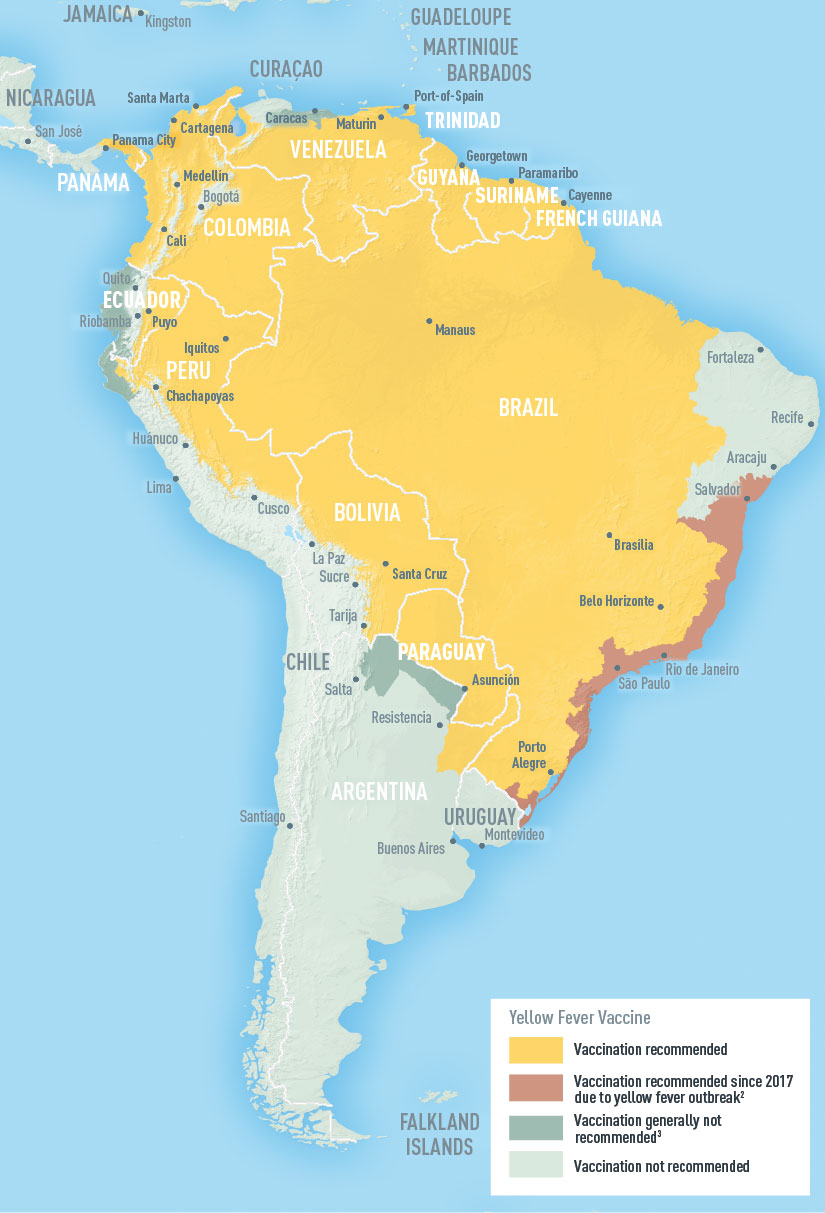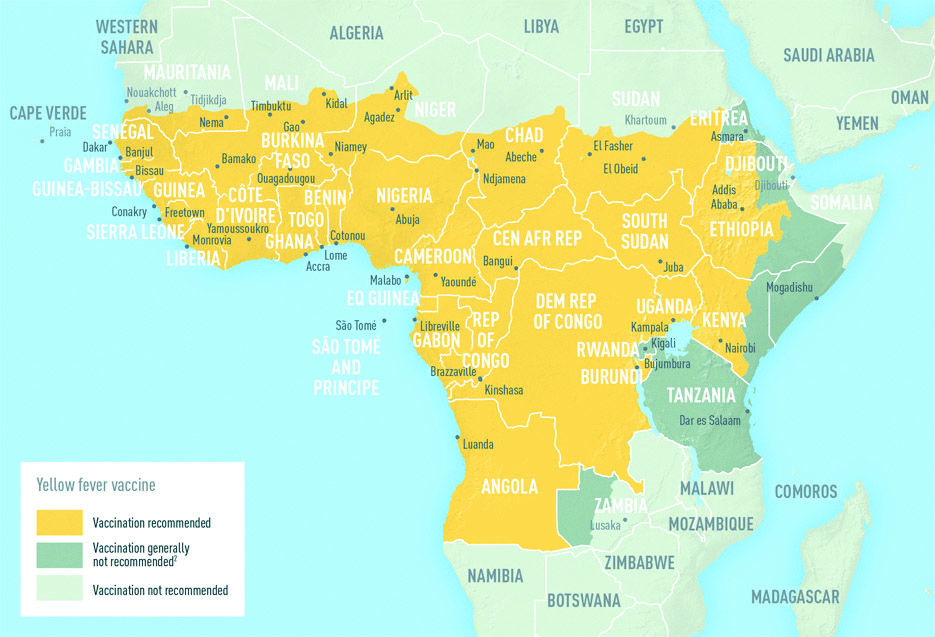Yellow Fever
Ron Smith, MD
Yellow Fever in the News
Under a high magnification of 1000X, and using an oil immersion technique to aid visualization, this hematoxylin-eosin-stained (H&E) photomicrograph depicts the cytoarchitectural changes found in a liver tissue specimen extracted from a deceased yellow fever patient. Note the “Councilman body with some microvacuoles resulting from fatty necrosis.”. See PHIL 2176, and 8239, depicting TEMs of the yellow fever virus. Yellow fever histopathologic diagnostic confirmation is based upon the following cytoarchitectural changes: parenchymal disorganization; midzonal necrosis; acidophilic degeneration; fatty degeneration.
Quick Overview

About Yellow Fever: What You Need To Know
The yellow fever virus is found in tropical and subtropical areas of Africa and South America. The virus is spread to people by the bite of an infected mosquito. Yellow fever is a very rare cause of illness in U.S. travelers. Illness ranges from a fever with aches and pains to severe liver disease with bleeding and yellowing skin (jaundice). Yellow fever infection is diagnosed based on laboratory testing, a person’s symptoms, and travel history. There is no medicine to treat or cure infection. To prevent getting sick from yellow fever, use insect repellent, wear long-sleeved shirts and long pants, and get vaccinated.
Yellow fever virus, and the mosquitoes that spread the virus, are found in certain parts of South America and Africa. Travelers going to these places are at risk for infection with the virus. Some countries may require arriving travelers to show proof of yellow fever vaccination. Countries do this as a public health measure to keep travelers from importing the virus. Proof of vaccination requirements may apply to some or all arriving travelers. CDC has no control over other countries’ vaccine requirements or how they are enforced. Check the current requirement here.
Separate from the individual country requirements, CDC makes yellow fever vaccine recommendations for travelers going to countries where there is a risk of yellow fever. CDC recommendations are designed to help keep individuals from getting infected with yellow fever virus during travel.
Revaccination against yellow fever was previously required by certain countries at 10-year intervals to comply with International Health Regulations (IHR). In 2014, the World Health Assembly (of WHO) adopted the recommendation to amend the IHR by removing the 10-year booster dose requirement, and stipulated a 2-year transition period for this change. Consequently, as of July 11, 2016, a completed International Certificate of Vaccination or Prophylaxis (ICVP) is valid for the lifetime of the vaccinee. Moreover, countries cannot require proof of revaccination (booster) against yellow fever as a condition of entry, even if the last vaccination was >10 years prior.

